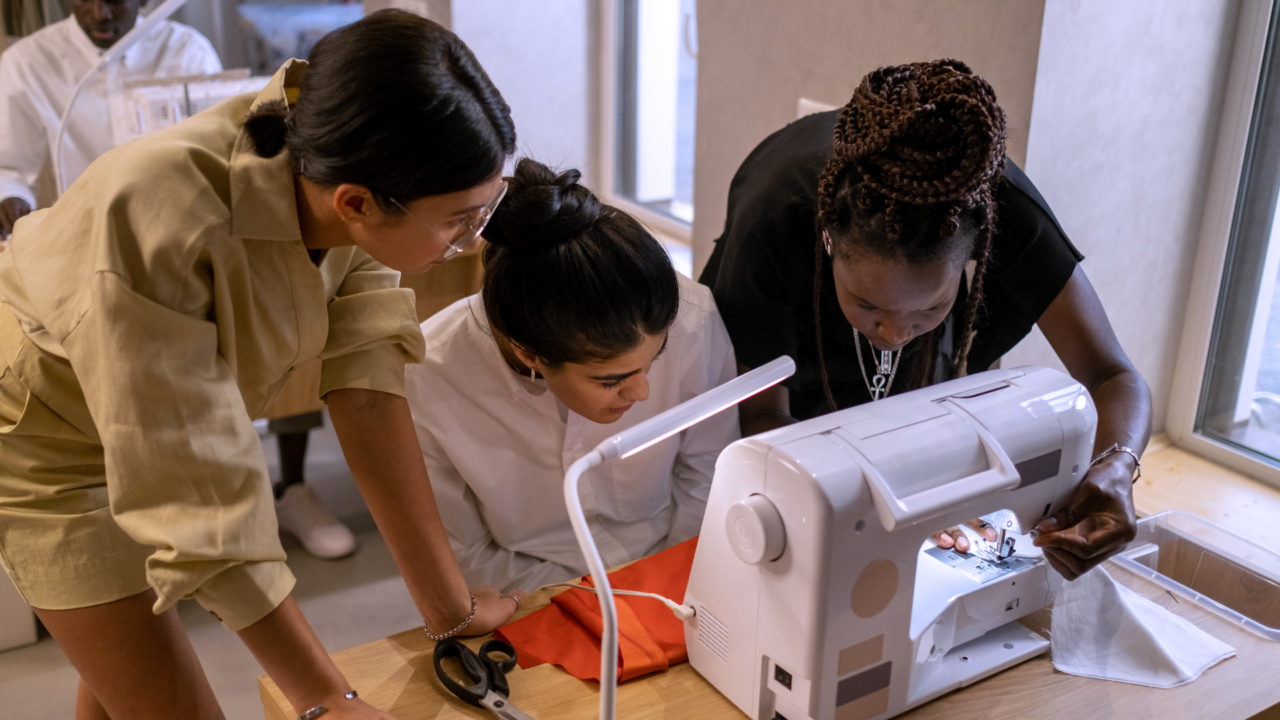In the last few decades, we’ve fallen into a vortex of quick consumption and rapid throwaway when it comes to fashion items. As vintage shopping and rental services gain widespread popularity, could slowing down the production of fashion altogether be next?
Inside global warehouses, an unthinkable number of clothing items sit on shelves waiting to be purchased.
With fast fashion brands dominating the market and producing thousands of identical styles, the day some products are packed up to be shipped out to a buyer is one that will never come. These leftover, unsold products are called deadstock.
Deadstock is a major problem for the industry, which is already responsible for generating 92 million tons 92 million tons 92 million tonsof waste annually. Clothing production itself contributes to the pollution of major waterways and emits 10 percent of global carbon emissions per year.
The environmental destructiveness of fashion is a relatively new problem faced by humanity. In the past, almost all clothing was made to wear. Items were handsewn with care, crafted for longevity, and often exchanged multiple hands over time.
But in the last fifty years, clothing production has more than doubled. We are no longer making or buying tailored clothing, but instead purchasing new items more frequently and on average keep individual pieces for 40 percent less time.
As society looks towards a more sustainable future, returning back to basics in all areas of life – including fashion – looks to be the easiest and most practical way to reduce and ultimately repair the damage of our environmental footprint.
For many brands entering the fashion scene, this means making all clothing items sold to order rather than mindlessly producing them and banking on a future customer who may never appear.



















